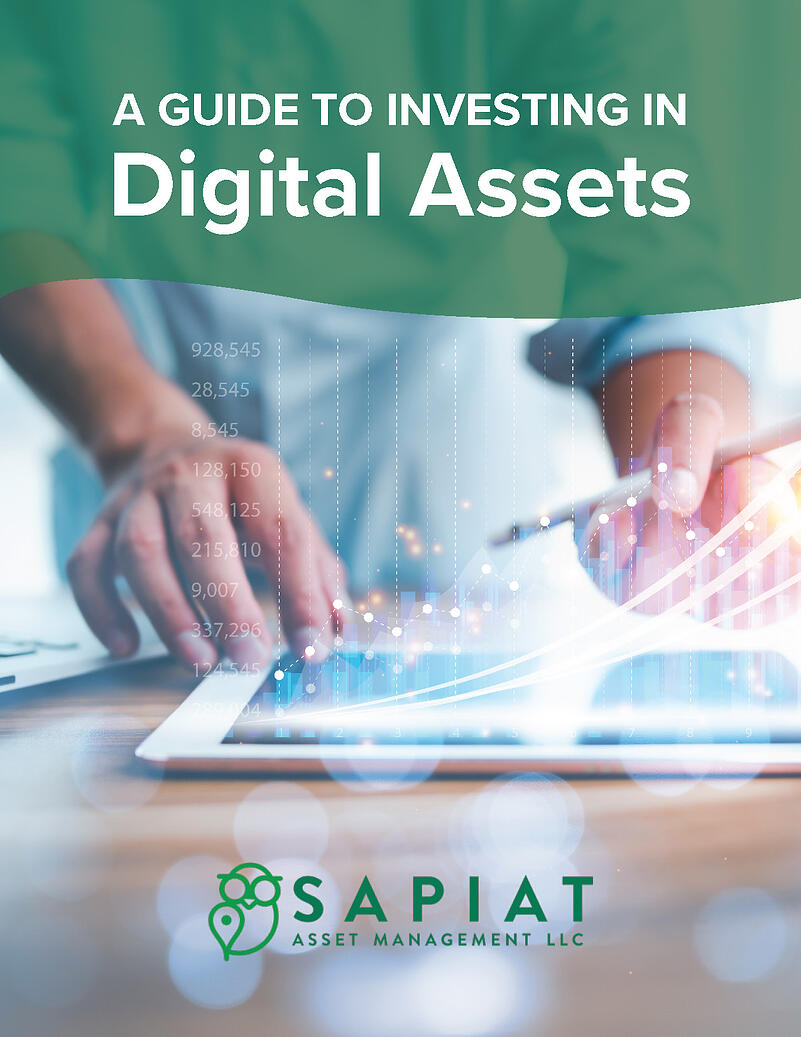Guide to Investing in Cryptocurrency
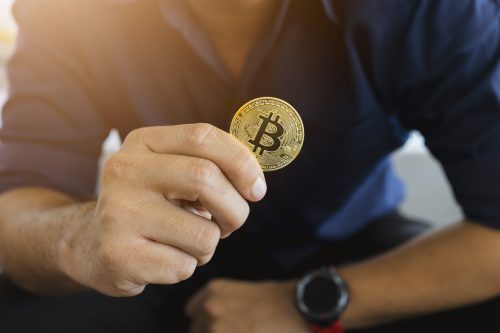
The rise of cryptocurrency as an asset class in recent years has brought intense attention to the revolutionary distributed ledger technology known as blockchain. By offering a decentralized method for validating transactions, the blockchain has enabled cryptocurrencies such as Bitcoin to rapidly gain traction as digital currency alternatives to fiat currencies such as the U.S. dollar, Euro, Japanese Yen, etc.
A recent report shows that, while Generation Z and Millennials make up the large majority of cryptocurrency buyers, on an average spend basis, Generation X buyers, although comprising only 4.9% of all crypto buyers, come in above all other generations, including boomers.
By some measures, members of the baby boomer and Gen X cohorts are becoming more involved in cryptocurrency. A global poll of clients above 55 years of age found that 70 percent of those surveyed either had already invested in crypto or expected to do so sometime during the year.
Succinctly stated, cryptocurrency refers to digital currencies that are utilized to purchase goods and services. These crypto tokens or “coins” are secured by robust cryptography protocols using blockchain ledgers. Over 13,000 publicly traded cryptocurrencies can be found on the market research website CoinMarketCap.com. In October of 2021, the total market capitalization of all crypto was more than $2.6 trillion.
With Bitcoin surging in value to above $60,000 in 2021, from a price of as low as $3,500 in 2019, and other major cryptocurrencies like Ethereum also rising strongly in value recently, the attention crypto has attracted among investors is understandable. More important for long-term investors, however, are its prospects in the long run.
To determine whether crypto appears to be an asset class with staying power, it’s important to analyze the underlying technology and the political environment surrounding digital currency. This guide will cover the fundamentals of cryptocurrency (“crypto”) as a new technology paradigm and investment class Generation X investors may want to consider. The first step in exploring the crypto phenomenon is to take a look at the innovative distributed ledger blockchain technology which powers it.
What Is Blockchain?
Let’s start at the beginning. Blockchain is groundbreaking technology created 12 years ago. In the simplest terms, the technology proves something, such as ownership of real estate or terms of a contract. The exact same record is kept on thousands of servers around the world simultaneously and the records of all servers must match to constitute proof. Due to its decentralized structure, blockchain is considered impenetrable; it is believed blockchain cannot be hacked. Because of this it is considered one of the most secure forms of recordkeeping ever invented. Blockchain is being rapidly adopted and expanded for a variety of private sector and government purposes.
 Each type of blockchain technology has a different primary purpose, such as facilitating international trade payments, facilitating international lending, etc. Some blockchain technologies, such as Decentraland, construct the metaverse, the Web 3.0 virtual marketplace.
Each type of blockchain technology has a different primary purpose, such as facilitating international trade payments, facilitating international lending, etc. Some blockchain technologies, such as Decentraland, construct the metaverse, the Web 3.0 virtual marketplace.
Blockchain technology led to cryptoassets. Cryptoassets are electronic assets with ownership proven by the technology. You’ve probably read about nonfungible tokens (NFT). NFTs are cryptoassets. An NFT proves that you are the owner of a specific item, such as a photograph or a piece of music. Anyone who wishes to use your photograph or music must either buy the NFT from you or pay you royalties, the same as if you owned a physical painting or a copyright on a piece of music. There are currently several other types of cryptoassets and the list is growing. Cryptocurrency is a type cryptoasset.
Cryptocurrency and Decentralized Finance

Cryptocurrency has become the heart of decentralized finance (defi). No country in the world remains on a gold or silver standard. Every country uses fiat money. Fiat money is when government prints paper money and dictates under penalty of law that you must use it in business transactions in your country. The U.S. Dollar, Euro, Yen, Yuan, Peso, … every currency in the world, is just printed paper controlled by a government – AKA fiat money. And fiat money has many problems stemming from political actions such as inflation caused by governments overprinting money or international exchange problems. Defi is an international movement to remove government control, and thus political manipulation, of money. Cryptocurrencies are finite; only a specific amount will ever exist. Cryptocurrencies are accepted by people all around the world without international exchange issues. In fact, cryptocurrencies solve most, maybe even all, of the problems associated with fiat money.
There are several different types of cryptocurrencies. The most famous are Bitcoin & Ethereum. Combined, they have a market capitalization of $1.8 trillion. They are larger and more valuable than Amazon, Apple, Walmart, and every other company you’ve ever heard of. There are currently 13,000+ different cryptocurrencies, but most cryptocurrencies will probably never amount to much because the technology behind them isn’t very good. But there are several with great promise, such as Bitcoin, Ethereum, and Cardano, among others.
We believe cryptocurrency may be a permanent new asset class due to the nature of blockchain, its ultra-rapid adoption by business and government, and the free-flowing international acceptance of cryptocurrency. Even so, cryptoassets are young and volatile. We currently consider them a long-term speculative investment subject to many risks, including loss of principal, and recommend investments < 5% of liquid assets.
I’m Interested, but I Don’t Know Anything about Cryptocurrency
 Blockchain, the distributed ledger underlying cryptocurrency, is a relatively new technology. Pieces of information are linked together by using data from the previous block of information. If anyone changes any piece of information, it changes everything after it. It’s done mathematically, using math that’s way over my head, but the gist of it is that this math can’t go backward. It can only go forwards. So, if I tell you “x+3=5”, you can work backward and figure out that “x=2”. You can’t do that with the math behind blockchain. What this means is that if the blockchain was built correctly, it is immutable; the data can never be changed, which means it cannot be hacked.
Blockchain, the distributed ledger underlying cryptocurrency, is a relatively new technology. Pieces of information are linked together by using data from the previous block of information. If anyone changes any piece of information, it changes everything after it. It’s done mathematically, using math that’s way over my head, but the gist of it is that this math can’t go backward. It can only go forwards. So, if I tell you “x+3=5”, you can work backward and figure out that “x=2”. You can’t do that with the math behind blockchain. What this means is that if the blockchain was built correctly, it is immutable; the data can never be changed, which means it cannot be hacked.
Blockchain is not housed on one server or owned by a single company or government. It’s on thousands of computers all around the world … and all of them have to have the exact same information for a block of data to be validated and accepted. If they don’t all match up perfectly, the block of data is rejected, another safeguard against hacks. And, believe it or not, it only takes 2-10 minutes for all of these computers to look at the information and validate or reject it.
Because it isn’t controlled by any one entity, blockchain isn’t subject to political manipulation or overproduction; what we know as inflation resulting from a government or its central bank issuing an excessive amount of currency; and it isn’t subject to corporate scandals and malfeasance. It’s based on math simultaneously performed by thousands of computers and 1+1 always equals 2. That means we can have confidence in it…we can trust it.
Most people are familiar with corporations and how they sell stock in the company, then use the proceeds to operate and grow. Blockchain Foundations are somewhat similar. They issue coins or tokens and use the proceeds to operate and grow. If a person, business, or government wants to use the blockchain, they have to pay in those coins or tokens. As investors, we buy the coins & tokens. If others want to use the blockchain, we can sell them our coins and tokens, hopefully at a profit.
Is Crypto Just a Fad?
Blockchain is a paradigm shifting technology. It will put some industries out of business, create new industries, and reshape the way every industry functions. Think about computers; a lot of people considered computers a fad, but they changed the way the world works. The same thing happened with the internet; almost everyone over the age of 30 was certain the internet was a fad and now the world can’t function without it.
To put the rise of crypto in perspective, it’s helpful to look at other paradigm shifts throughout economic history.
Paradigm Shift – par·a·digm shift /ˈperəˌdīm SHift/ noun; a fundamental change in approach or underlying assumptions.
In 1870 John D. Rockefeller formed Standard Oil creating a paradigm shift. From that day forward, consumers and businesses would draw energy from petroleum. Thus began the modern petroleum industry and the demise of coal oil and whale oil.
In 1903 Henry Ford founded the Ford Motor Company, creating a paradigm shift. From that day forward, consumers and business would use the internal combustion engine for transportation. Thus began the modern automobile industry and the demise of horse and buggy.
In 1962, Sam Walton formed Walmart creating a paradigm shift. From that day forward, consumers would make most of their purchases at one retailer. Thus began one-stop shopping and the end of hours spent running store-to-store to make necessary purchases.
In 1975 Bill Gates founded Microsoft, creating a paradigm shift. From that day forward consumers & business would use computers in every facet of day-to-day life. Thus began the electronic age and the demise of multiple industries.
In 1994, Jeff Bezos founded Amazon creating a paradigm shift. From that day forward consumers & business began online shopping. Thus began online commerce and the death of brick & mortar stores.
In 2003, Elon Musk formed Tesla creating a paradigm shift. From that day forward consumers & businesses would drive electric vehicles. Thus began the rise of electric vehicles and the demise of the internal combustion engine.
Paradigm shifts are unavoidable. Everyone in the world is eventually swept-up when a paradigm shift occurs. We believe blockchain and cryptocurrency represent another paradigm shift, one that is worthy of attention from an investment standpoint for those investors who are comfortable with the volatility associated with these digital currencies. Only time will tell, but we believe crypto is a permanent, new asset class that is only going to grow and become more and more important to the world.
How Risky Is Crypto?
It’s important to understand that there are over 13,00 different cryptocurrencies available currently. Most will never go anywhere because the underlying technology is weak, they provide an unneeded service, can’t attract talented developers, or any other number of reasons. Right now, we think there are only 30-40 cryptocurrencies worth watching & only 10-20 worth investing in. And we’re sure that some of the currencies we consider viable won’t make it either.
Among those that do, it can be very volatile. Prices can easily swing 50% in one day. That means if you invest $10,000 today, it can be worth $15,000 tomorrow, but it can also be worth $5,000. Investing in crypto is not for the faint of heart. Selling during down cycles can & often is a fatal mistake with crypto. A person must be able to tolerate large swings in exchange for the potential to earn huge profits.
And crypto trades 24/7 all around the world. It trades on weekends and holidays and while you’re sleeping. What you had last night before you went to sleep is going to be markedly different from what you have when you wake up this morning.
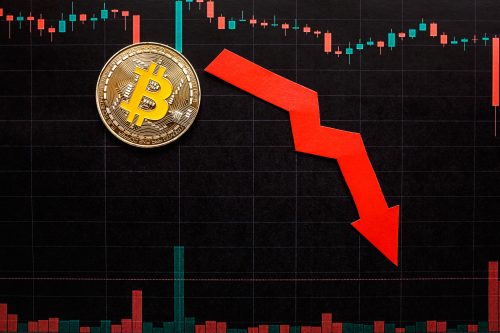 The key is working with an advisor who understands crypto. Blockchain cannot be evaluated using the same analysis that would be used on a company. It just doesn’t work. Crypto valuations cannot be calculated using the same techniques used on stocks. It absolutely doesn’t work. Anyone who uses old, traditional systems to analyze blockchain and crypto will likely come out on the losing end. So that’s the first risk management technique; work with a professional who has access to the right tools, understands crypto, and who stays on top of the latest developments in the sector.
The key is working with an advisor who understands crypto. Blockchain cannot be evaluated using the same analysis that would be used on a company. It just doesn’t work. Crypto valuations cannot be calculated using the same techniques used on stocks. It absolutely doesn’t work. Anyone who uses old, traditional systems to analyze blockchain and crypto will likely come out on the losing end. So that’s the first risk management technique; work with a professional who has access to the right tools, understands crypto, and who stays on top of the latest developments in the sector.
The second technique is to diversify, just like you would with stocks and bonds. You may hit a home run by putting all your eggs in one basket, but you might also strike out. Build a diversified portfolio so you don’t go broke when a holding goes sour.
The final, and most important, point is to control the impulse to invest just because it has the reputation of being the latest big thing. If you can’t tolerate the downside, don’t even think about investing in crypto. All you’ll do is pull the trigger and sell at the worst possible time.
How Much Should I Invest in Crypto?
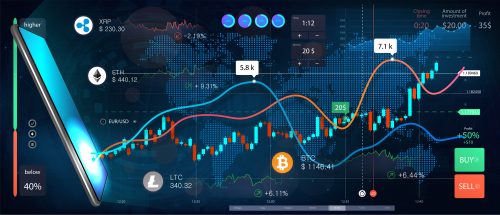 Crypto is wildly volatile. Prices can and do have huge swings up and down. There are also other risks; most politicians are scared of crypto. They either want to stamp it out a la China or regulate it to death a la the United States. We don’t have any idea what governments and politicians will do to crypto. And there are other unknowns that can present risks. So, we recommend keeping your investment at 5% or less of your liquid assets; cash, stocks, bonds, mutual funds, etc. That should keep the risks at a bearable level but still provide enough exposure to potentially earn large profits. And of course, never invest any more than you can afford to lose. So, the dollar amount varies from person to person, but the math behind it does not.
Crypto is wildly volatile. Prices can and do have huge swings up and down. There are also other risks; most politicians are scared of crypto. They either want to stamp it out a la China or regulate it to death a la the United States. We don’t have any idea what governments and politicians will do to crypto. And there are other unknowns that can present risks. So, we recommend keeping your investment at 5% or less of your liquid assets; cash, stocks, bonds, mutual funds, etc. That should keep the risks at a bearable level but still provide enough exposure to potentially earn large profits. And of course, never invest any more than you can afford to lose. So, the dollar amount varies from person to person, but the math behind it does not.
What Else Is There Besides Bitcoin?
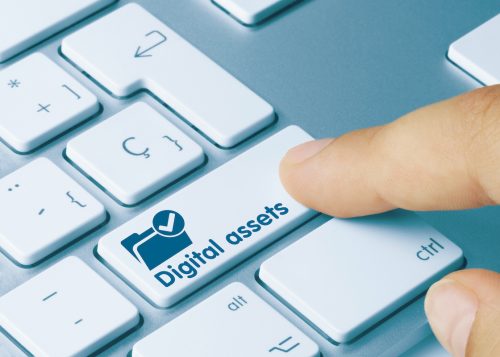 There are over 13,000 cryptocurrencies available right now, plus NFTs. We focus only on those blockchains that we believe are viable – about 30-40. Then we narrow it down to those that have large market caps, trade on multiple exchanges, have decent trading volumes, and other criteria. The result right now is that we have 10-20 currencies we invest in on any given day. Ethereum, Cardano, and Solana are some of the largest by market cap and trading volume, but there are also smaller, less known currencies we follow, such as AAVE or NEO. Because the crypto markets move so quickly & changes to the underlying technology occur with lighting fast speed, our holdings can and will change quickly.
There are over 13,000 cryptocurrencies available right now, plus NFTs. We focus only on those blockchains that we believe are viable – about 30-40. Then we narrow it down to those that have large market caps, trade on multiple exchanges, have decent trading volumes, and other criteria. The result right now is that we have 10-20 currencies we invest in on any given day. Ethereum, Cardano, and Solana are some of the largest by market cap and trading volume, but there are also smaller, less known currencies we follow, such as AAVE or NEO. Because the crypto markets move so quickly & changes to the underlying technology occur with lighting fast speed, our holdings can and will change quickly.
Learning More About Investing in Crypto
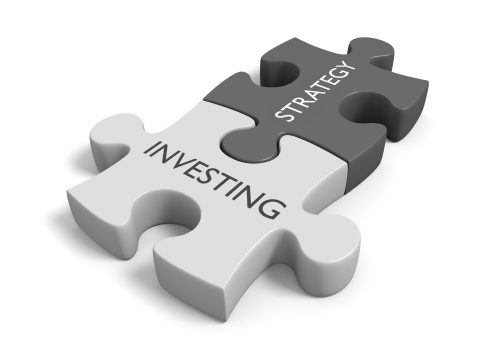 Crypto has experienced stunning growth over the past decade. As a result, it has gained increasing viability as an asset class for investors looking to capitalize on its unique characteristics. If you would like to learn more about how we can help with crypto asset management or investing in crypto, we would be happy to offer a no obligation consultation to help you explore the potential of crypto as an investment.
Crypto has experienced stunning growth over the past decade. As a result, it has gained increasing viability as an asset class for investors looking to capitalize on its unique characteristics. If you would like to learn more about how we can help with crypto asset management or investing in crypto, we would be happy to offer a no obligation consultation to help you explore the potential of crypto as an investment.
At Sapiat Asset Management, we use a personalized process to identify the financial and retirement planning strategies that meet the needs of our clients. Our knowledge of your financial situation is a big part of the foundation that drives our relationship with you. Contact us today for a complimentary consultation.
Questions And Answers About Investing In Crypto
On February 7, 2022, Steven Dick, President of Sapiat Asset Management created a FaceBook Live video answering some commonly asked questions. Here is the video:
Sapiat Asset Management is a Fee-Only, Independent, Registered Investment Advisor (RIA), specializing in goal-oriented financial planning and investment management for Gen X Individuals & Families, their Businesses, & the Trusts that benefit them and their heirs.


